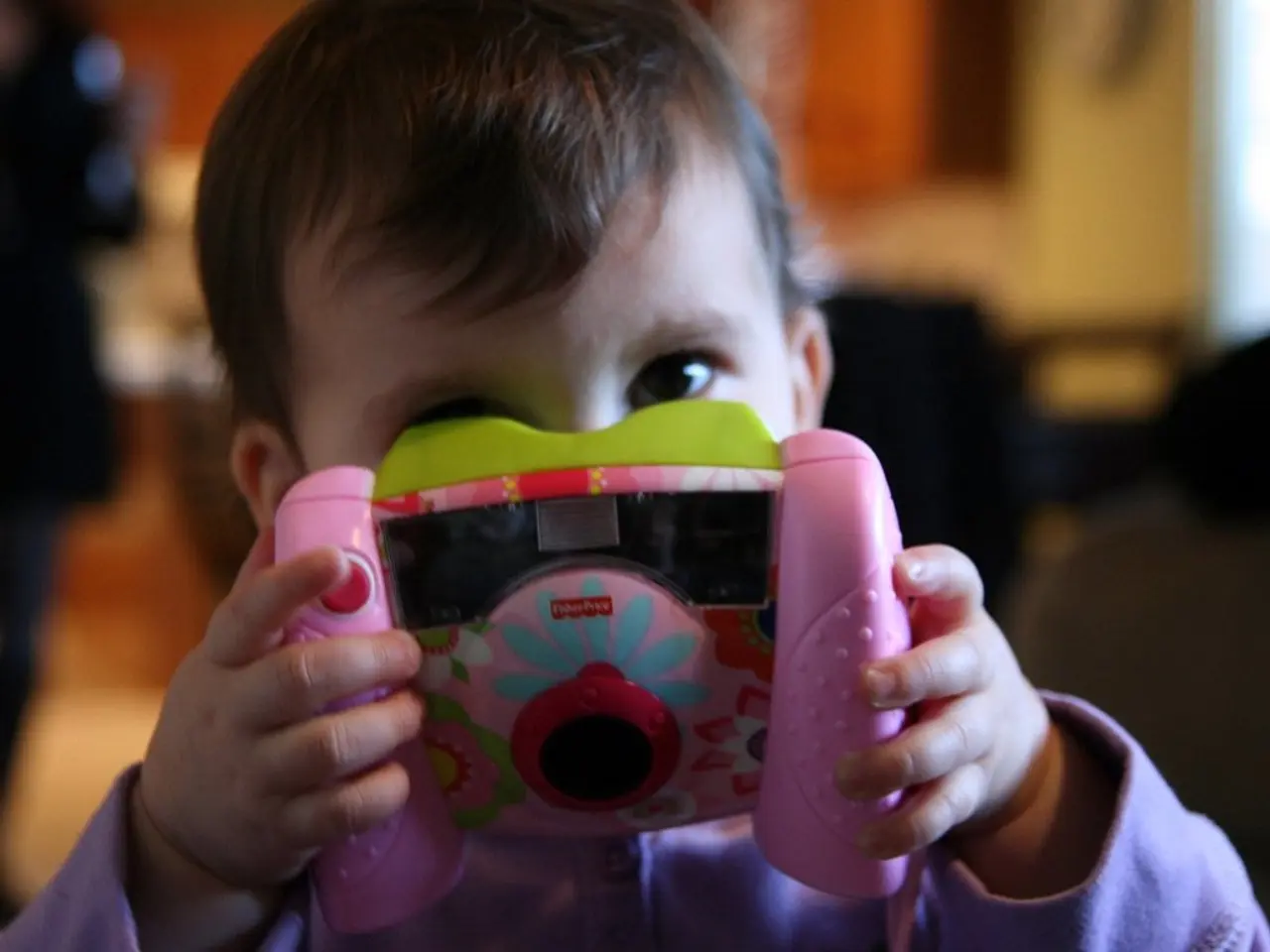Children's Autism Signs: Classifications, Diagnosis, Therapy, and Additional Information
Autism Spectrum Disorder (ASD) is a group of neurodevelopmental conditions that can be identified as early as the first year of a child's life. This complex disorder is characterised by behavioural, social, and communication symptoms that can vary greatly from one child to another.
The Diagnostic and Statistical Manual of Mental Disorders (DSM-5) divides the symptoms of ASD into two categories: problems with social interactions and communication, and behaviours that are repetitive or restricted.
Children with ASD may struggle with social skills, often avoiding eye contact, not responding when called, preferring to play alone, and exhibiting a flat facial expression. Troubles with communication can include delays or regression in speech and language development, reversing pronouns, not using gestures, difficulty understanding nonverbal cues, and repeating certain words or phrases over and over again.
Restricted, unusual, or repetitive behaviours in ASD can manifest as repetitive movements, developing routines or rituals, intense fixation with an object or activity, odd movement patterns, and sensitivity to sensory stimulation. Some children may also show unusual proximity-distance behaviour, seek intense physical sensations, or have difficulties with deep perception and fine motor skills.
Signs or symptoms that may warrant a visit to the therapist near me include rarely or never making eye contact, not responding when engaged with, not imitating sounds or facial expressions, not using gestures, not developing or losing language or communication milestones, and not engaging in imaginary play or pretend games. Other potential symptoms can include intense temper tantrums, large amounts of energy or being very active, acting impulsively, irritability or aggression, engaging in behaviours that can cause self-harm, problems with sleep, and being more fearful or less fearful than expected.
Early identification and diagnosis of ASD is important as support strategies started early can make a big difference in a child's quality of life and ability to function. Specific screening tools for ASD include the Modified Checklist for Autism in Toddlers (MCHAT) and the Screening Tool for Autism in Toddlers and Young Children (STAT).
If you have concerns about your child's development or behaviour, it's essential to speak with your pediatrician. They will help determine if your child needs additional evaluation by a specialist. Other diagnostic tools practitioners may use to help diagnose ASD include the Autism Diagnosis Interview-Revised (ADI-R), Autism Diagnostic Observation Schedule, Second Edition (ADOS-2), Childhood Autism Rating Scale (CARS), and Gilliam Autism Rating Scale (GARS-2).
Developmental screenings can help identify ASD early, and pediatricians check a child's development at every well-child visit, with more focused screenings for developmental conditions done during the 9-month, 18-month, and 24- or 30-month visits.
The outlook for children with ASD can vary greatly by individual, with some children able to live relatively independent lives and others requiring continued assistance throughout their lives. Although there's currently no cure for ASD, there are various treatment options available, including psychological therapy, medications, speech and language therapy, occupational therapy, treating other health conditions, and alternative therapy.
It's important to remember that every child is unique, and the challenges they face may be different. However, with early detection, appropriate diagnosis, and targeted support, children with ASD can lead fulfilling and productive lives.





